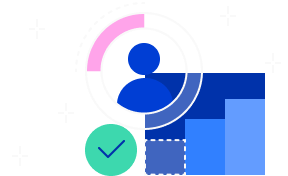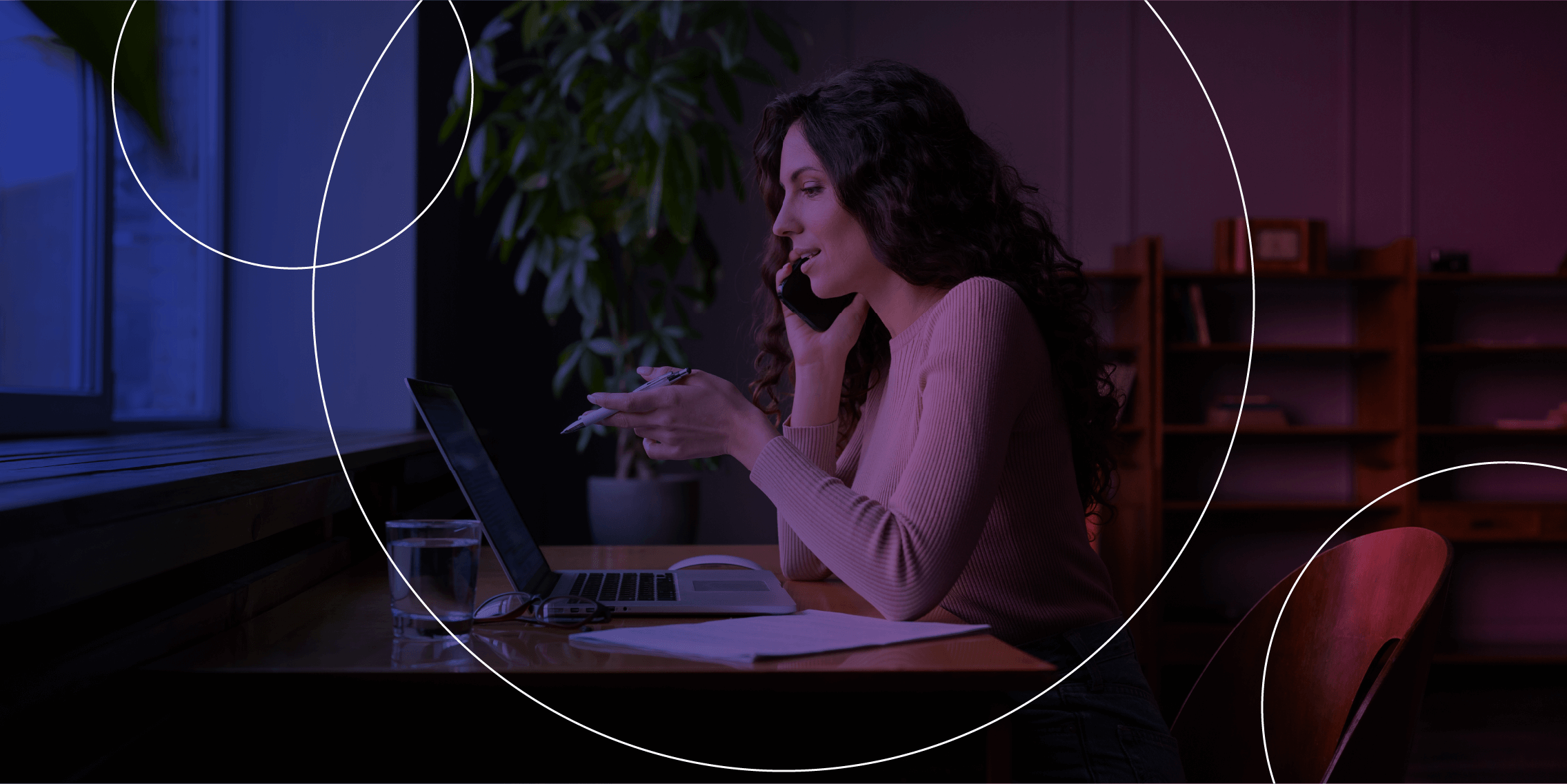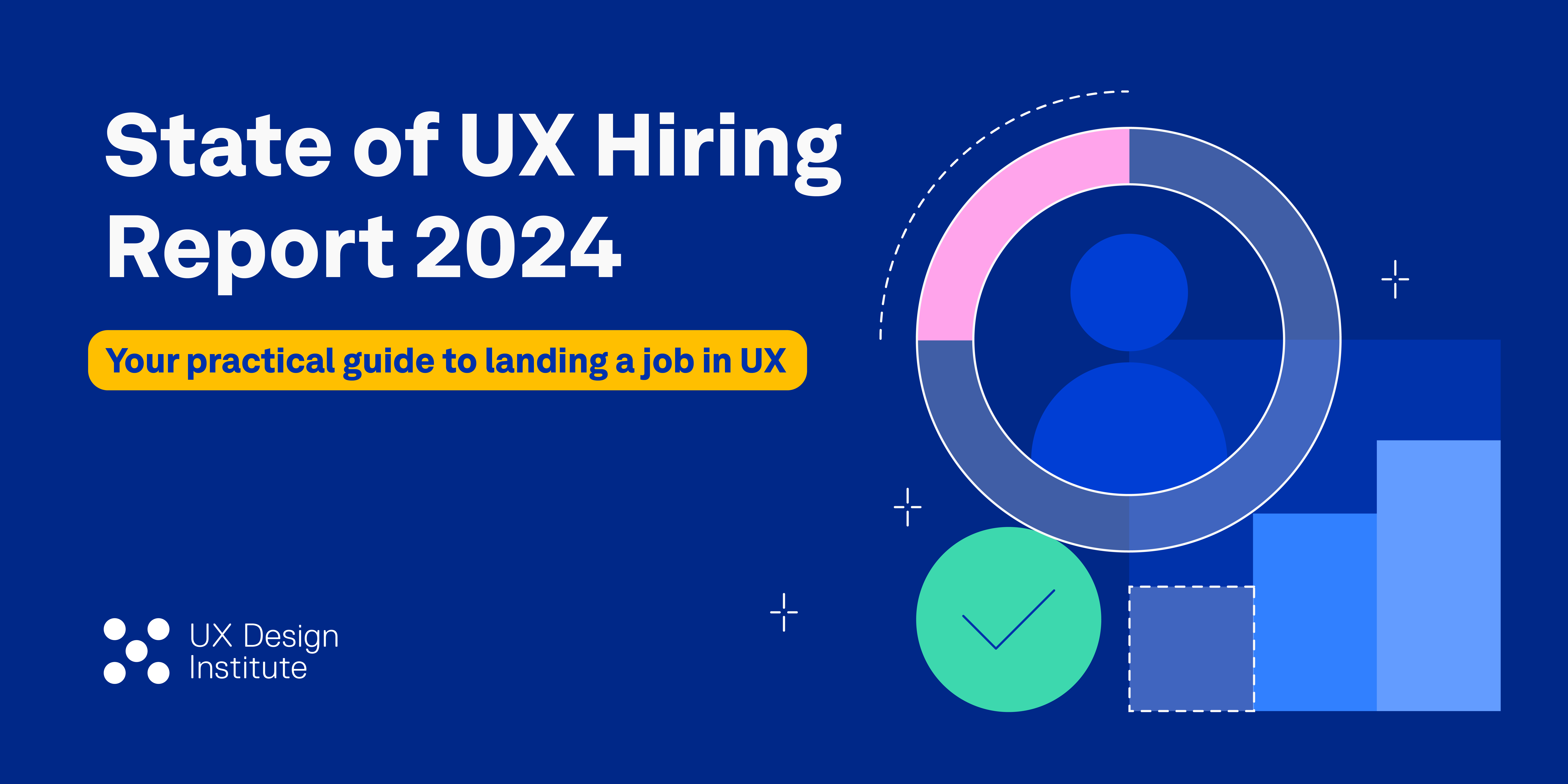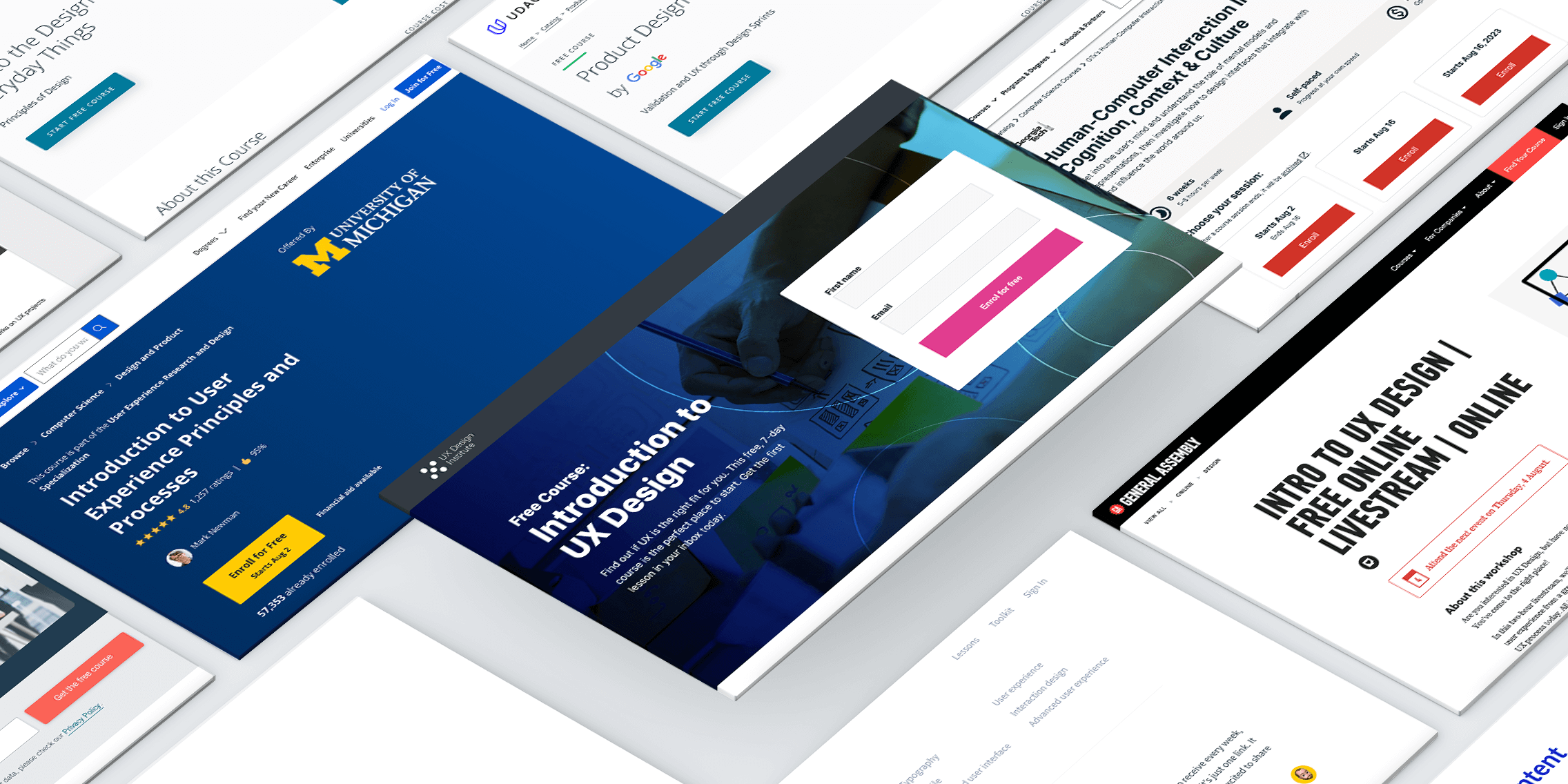Working as a freelance UX designer can be very fulfilling, as it’s full of variety in terms of design ideas and clients, but it takes time – and effort – to get into the swing of things.
For World Health Day, Raleigh Tomlinson joined us for a live event where she walked us through a day in her life as the Senior Product Designer with the meditative Headspace. In her role, Raleigh focuses on creating engaging experiences that help users learn how to use meditation.
Before she started full-time with Headspace, Raleigh was a freelance UX designer. She shares some very helpful advice freelancing tips for UX designers, including promoting your portfolio and knowing your worth.
1. Learn as you go
I got into design as a freelancer. I did a boot camp and I was about one month into my boot camp when I found my first freelancing project.
I always tell people who reach out to me to make freelancing a part of your identity because you can start to do UX design work, even if you’re still learning.
That was really a big thing for me. I started building my portfolio, and one freelancing project led to another…
2. Choose work that appeals to you
You want to make sure that the problems you’re solving and the products you’re building are engaging enough to keep you interested and to keep you excited to wake up each day and come to work. Because otherwise, you know, you’re just drudging along like “I’m just here to make it to the next paycheck mode”, which is not how you want to live.
3. Ask for intro calls
You always want to reach out to people on LinkedIn for interview calls, before you apply for the position or as you’re applying for the position because most companies give a bonus for referrals.
If you can have at least one conversation, your resumé will be looked at.
If you can get a referral, you’ll more than likely have an interview and most people want to refer you because you get a bonus if you can bring in somebody who’s talented.
4. Build and promote your portfolio
Before I joined Headspace, I had done about 12 products as a freelancer and, even though I was only about a year or two into the field, I came with a really strong portfolio when I was going through the interview and application process. Headspace is actually my first full-time job but I’ve been here for over a year and it’s been wonderful.
I had an intro call with someone who ended up being my manager and in the call, she said, “Oh, you know, you’re probably a little Junior for what we’re looking for”. And I just said, “okay, well, it’s nice to meet you…” We had our conversation and then about a week later, she sent a contact request through my portfolio and she completely shifted her perspective because of my portfolio where I had gone through detailed case studies.
The portfolio is a huge selling point, so that is your resumé. I actually didn’t even have a resumé until much later down the road.
5. Create original case studies
Some people recommend doing big brand redesigns for Tesla or Facebook. I actually think it’s more interesting to come up with your own ideas and say “this is a completely new innovative cooking app” or something kind of ridiculous because it seems more real than like a Tesla redesign for someone who’s brand new to UX.
6. Good case studies can exist for not-so-good products
I built a whole app for a social media startup. It was not successful, but that doesn’t matter because your job is to be a designer – it’s not the complete responsibility of the business. I documented everything to make sure the case studies were really focused on my process and the case studies are the most important part.
7. Don’t be afraid to take on contracting roles
A lot of contracting roles can turn into full time roles. With contracting roles, you can pretty much usually start right away – that’s a big plus to taking on contract roles. Mine turned into a full time role within like three months. Oftentimes, contracting pays slightly higher. You don’t have the benefits and whatnot but it’s a great option.
8. Be confident in your job title
I always introduce myself as a user experience designer, not “I’m in a bootcamp, I’m learning user experience!” I printed out my name on a card that just said “Raleigh Tomlinson user experience designer”. I felt confident in adopting that into my identity.
9. Study local pay rates
I recommend finding out whatever the market rate in your area is. If you are very junior, maybe going a little below that, just because the expectations will be aligned with what your work deliverable is.
I typically don’t recommend doing free work, because I feel like it undervalues you.
Even if you’re only charging $20 an hour – or something really low for this industry – that’s better than offering up your work completely for free.
10. Specialise in an area
Most of the time, you’re gonna have to choose. Am I a researcher? Am I a user experience designer or am I a UI designer? Headspace have product designers, which is UX and UI. So I do full-stack design but in most cases, you will choose one or the other.
Zoom in and get as specialised as you can.
11. Write about your work
If you write articles and blogs, that’s a really big way that people can find you. A lot of you probably have really interesting things on your mind about design. I know that some of my most interesting thoughts around the philosophy of UX came when I was just getting started.
Writing is a really great way for people to find you and reach out to you.
12. Be active and get networking
People rarely hire new designers that say “I’ve haven’t gotten started at all” or “I had some job like a year ago, but I haven’t been doing anything lately”.
You want them to see that you’re active.
I volunteered for UXPALA, which is the professional network of user experience professionals, and reached out to some folks to invite them to speak. That was really good for my network building.
Amazing Design People’s List is a mentoring site and it’s a really great way to find mentors that are in the design industry. There’s also UX Coffee Hours, which are hosted by Google. That one has been one of the biggest unlocks for me. They have a lot of really amazing professionals in user research in design and a few other categories.




